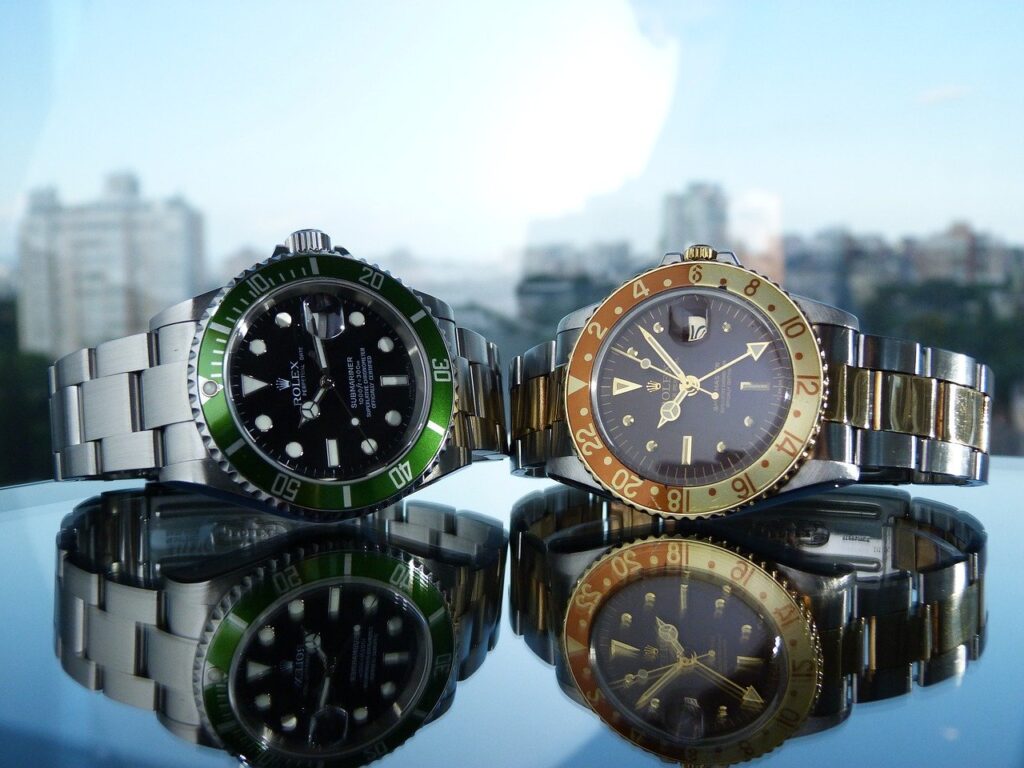Great Watch-Buying Tips for Newbies
A vintage watch can be absolutely stunning, and every watch has a history behind it. This has inspired many people to enter the world of collection. However, it’s important to remember that this realm can be challenging, particularly if you’re a newcomer. In the past, a watch was primarily perceived as a tool. Because of this, it was standard for watchmakers to swap out parts and make changes to watches as needed.

The future value or the originality of the timepiece wasn’t taken into consideration. Even experienced watch collectors have lost out on money because they failed to notice restorations that lowered the total value of a watch. If a watch has been restored, it could lower the total value of the piece by more than 50%. Because of this, it’s essential to ask questions about details like the case, dial, movement, bezel, and hands before committing to a purchase.
Newcomers to watch collecting often refer to dials as faces. This is typically the most valuable component of a watch. In some cases, it can comprise as much as 99% of the watch’s value. It was once common for watchmakers to reprint the markings on a dial once they began to show signs of age. This impacts the overall text quality. If a watch has a reprinted dial, it’s worth will be seriously diminished. It’s also common to see dials that have been relumed. This is a process in which the paint that makes numerals or hands luminous is removed and applied again. This makes the paint brighter, improving functionality. It’s not unusual for a watch’s hands to be replaced entirely. Take a Rolex Submarine from the 1950s as an example. If a watch was restored in this way, the total value could decrease from $500,000 to below $50,000. Generally, you can check to see if there is an inconsistency between the hands and the dial with a UV flashlight. If a watch was made before 1963, a Geiger counter can be used to test its radiation levels. This makes it possible to detect reluming. Watches aren’t always described correctly prior to purchase, which is why it’s important to research ahead of time.
There are certain watches, like Vacheron Constantins and Patek Philippes, that featured enamel printing on dials before 1960. Because the enamel was so hard, it was possible for manufacturers to use sandpaper for dial cleaning during routine service. However, this process sometimes caused vertical striations to appear on the metal, which could also diminish the value of a piece.
Some watches, like the GMT-Master and the Rolex Submariner, feature graduated rings on their bezels. This makes it possible for divers to keep track of time while underwater, or for pilots to track 24-hour time even when they’re in a different time zone. Over time, the bezel inserts, which were made from aluminium, would scratch or fade. Because of this, Rolex often replaced them during services. However, collectors value original parts highly. In certain instances, like with 1950s Submariners, the value of an original bezel insert can be upwards of $30,000. Of course, you can get the same level of style for a lot less with luxury replica watches.
Watches are powered by the movement; it’s essentially a watch’s engine. Over time, they may experience water damage or become rusted or worn down, requiring them to be replaced. Some brands, like Patek Philippe, use certificates of authentication. If the serial number on the movement isn’t the same as the serial number on the case, it could make it more difficult to sell the watch in the future.
Polishing is also something you’ll want to watch out for. It’s long been common for watchmakers to polish older cases to increase their shine. However, collectors are often more drawn to cases with an aged appearance. Past appearances, the polishing process can cause metal to be removed from cases. This means they lose the appealing edges that were there when the watch was first produced. As an example, GMT-Masters and Rolex Submariners had chamfered edges throughout the 50s and 60s. If a watch’s case isn’t polished, it can be worth significantly more than a watch that has a polished case.
Although this isn’t true in many other luxury markets, when it comes to watches, polishing can diminish a piece’s worth to collectors.

